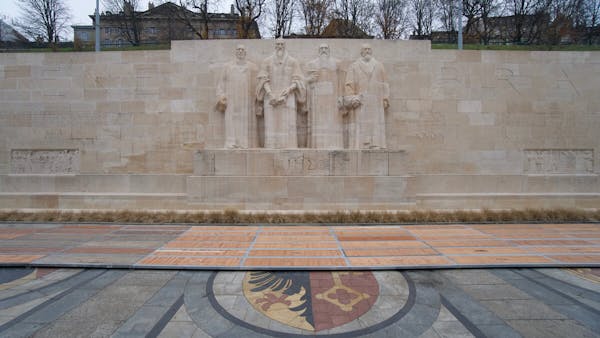Then there was Hudson Taylor, inspired by God to take the Bible and the Gospel to China. He planted churches throughout China, raised mission stations to disciple and train those he converted and worked tirelessly to raise funds to keep the mission going. He established the China Inland Mission which facilitated the movement of missionaries into China from 1885,
seeing the total number of Missionaries grow from 163 to 800 by the turn of the 20th Century.
Another pivotal movement was the Keswick Convention, a gathering of like-minded believers for the purpose of revival, reformation, and mission. There were many who devoted their lives to mission service in far-off lands as a result of this gathering. One of the most notable missionaries to be inspired to action by the Keswick Convention was Amy Carmichael, missionary to India.
The long night of the Dark Ages was inching to a close and the light of God’s word was beginning to penetrate the darkness with hope. The 1260 year prophecy of Daniel drew to a close in 1798 marking the beginning of a period described by Daniel as the time of the end. This significant epoch of prophetic time was marked, at its beginning, with the explosion of the word of God globally. The dawn of a new day was at hand, a time when God would raise up a movement that would finish the work begun by the great reformers of the 16th century. A movement that would run the final leg of the race and cross the finish line, gloriously triumphant.
The purpose of this new movement would be simple; to take the final message of mercy to a dying world and to hasten the coming of Jesus. May we each be a part of this movement, may we each have a hand in taking this last message, to all the world, in this generation. Maranatha, even so, come, Lord Jesus.

